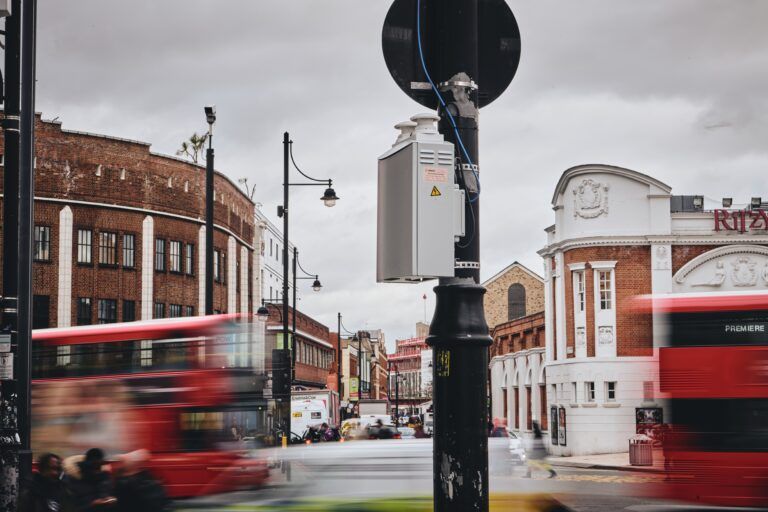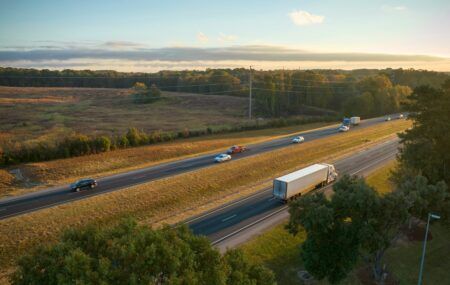A two-year innovation project by Bosch and the Transport for London (TfL) seeking to improve air quality in south London has been successfully completed.
The project, which saw Bosch and TfL work with Lambeth Council to monitor air quality in Brixton, helped improve local air quality by almost 20%, as well as reduce traffic congestion and improve flow. The project also provided a greater understanding of how wind and weather affect the dispersion of pollutants across the inner-city area.
For the project Bosch deployed 17 air quality monitors in the center of Brixton and in the streets nearby. These measured the air for a range of pollutants including NO2, and O3, as well as particulates PM2.5 and PM10. The data collected was combined with TfL traffic count data and used as inputs to emissions and dispersion modelling from Bosch.
This allowed TfL to intelligently control the traffic flow through adjusting traffic light timing, and to complete the loop the Bosch air quality monitors then collected further data, which showed the significant benefit of the traffic management measures.
A vital part of the project was to use advanced data from HERE Technologies. This data was essential to understanding the dynamic flow of vehicles passing through Brixton. ANPR technology ensured the modelling included vital information about the classification of the vehicles, including their engine type (whether they were petrol, diesel, electric or hybrid), and the emissions emitted from each vehicle.
Using loop sensors in the road it was also possible to count vehicles passing through zones, as well as how close they were to each other, which meant the traffic flow and the traffic density could be recorded in detail.
This data enabled Bosch to run its Environmentally Sensitive Traffic Management model. This cloud-based software showed emissions at certain points in Brixton, and how the emissions were changing through a typical day.
To build a full picture of how pollution builds up in a specific area it’s important to also know the topology. Each area is different, and the air can circulate in particular ways according to the building infrastructure nearby. Additionally, the weather plays a crucial role: the humidity and temperature alter the chemical exchanges that influence air quality, and so they must be accurately measured and included in the Air Quality Dispersion Model (AQDM).
For the first time, the air quality in Brixton was being measured minute-by-minute and the causes of the peaks and troughs could be tied accurately to traffic, vehicle, and environment data.
Bosch’s monitoring and modelling used data points to advise TfL and Lambeth Council on what actions could be implemented to improve air quality. The key was to adjust the timing of traffic lights. This led to a direct improvement in the air quality as well as a faster flow of traffic through the town center as evidenced by measured data.
A reduction in nitrogen oxide (NOx) of 6% was recorded, however a lane closure had a negative impact on traffic flow and consequently that figure. A reduction of nearer 20% was the outcome prior to the lane closure.
Average vehicle speed increased from 8.7 mph to 10.6 mph. Therefore, the traffic light signaling strategy will continue to be used in Brixton to improve traffic flow and air quality. Data and lessons learned from this trial will be used to inform TfL’s future traffic management interventions. These tools are equally beneficial for early simulation of new road infrastructure programs to assess their potential impact on local air quality.
Rikesh Shah, head of commercial innovation at TfL, said, “We are proud of the work achieved in Brixton and through this new approach of co-innovating, with Bosch, the London Borough of Lambeth and HERE Technologies. We applied an approach that put users front and center and could be adapted to explore different innovative solutions to move further forward with the vital work to improve London’s air. Toxic air pollution in the capital is still the biggest environmental risk to the health of all Londoners and by using smart technologies such as those provided by Bosch we can help London breathe easier.”





